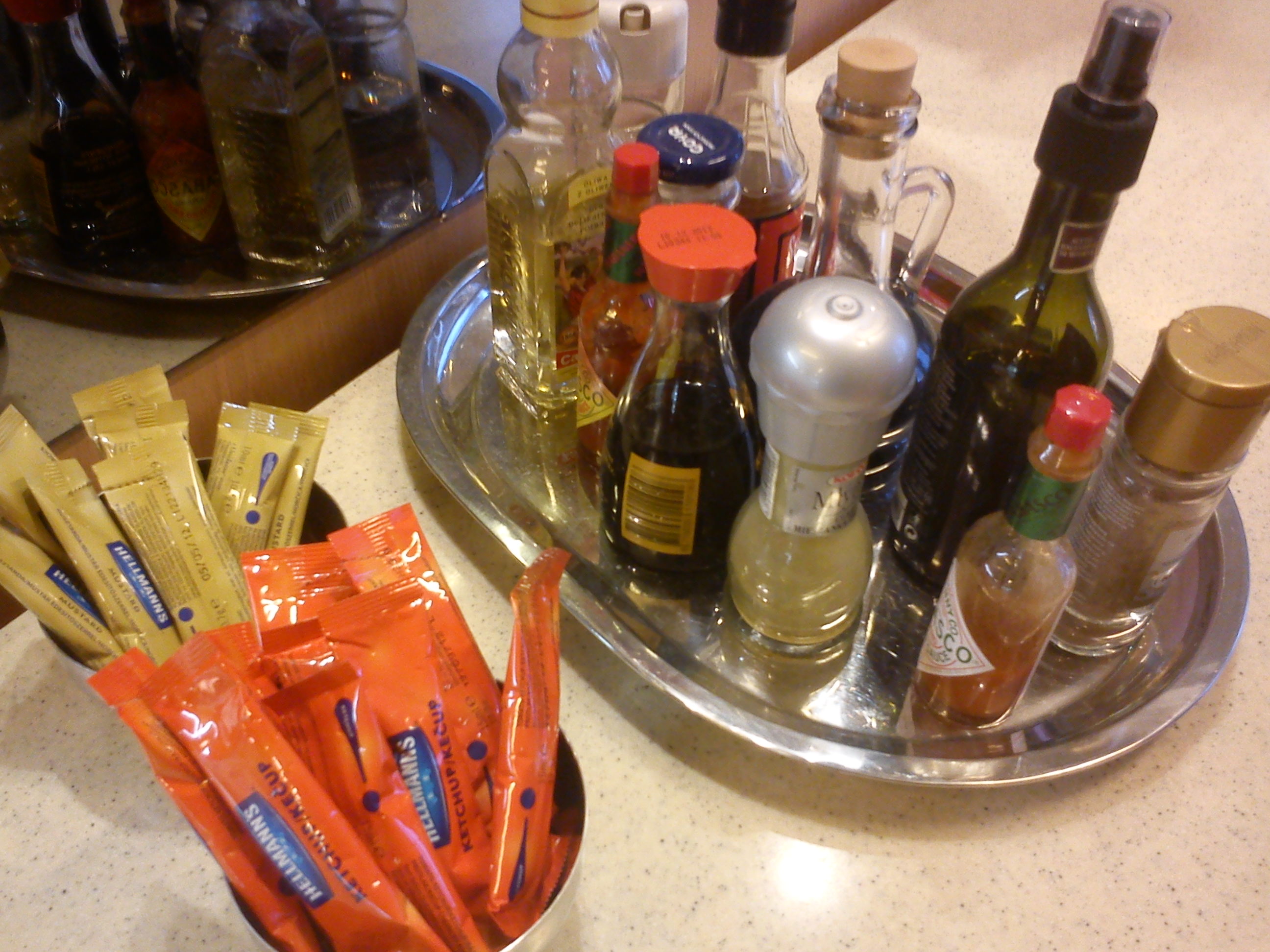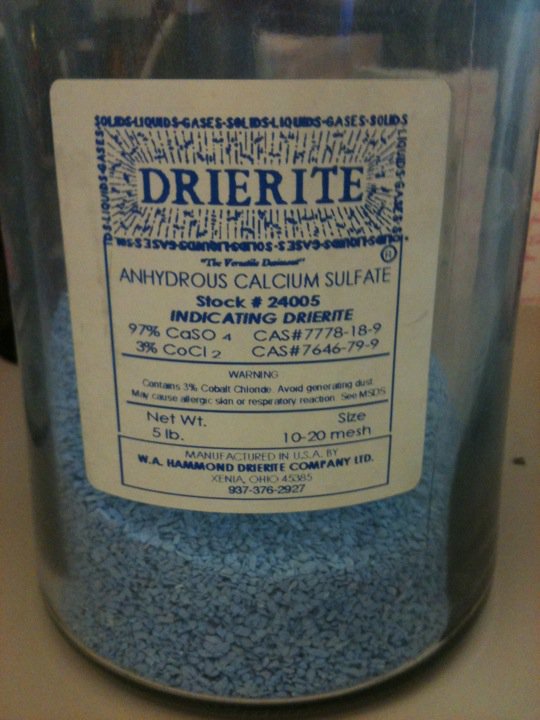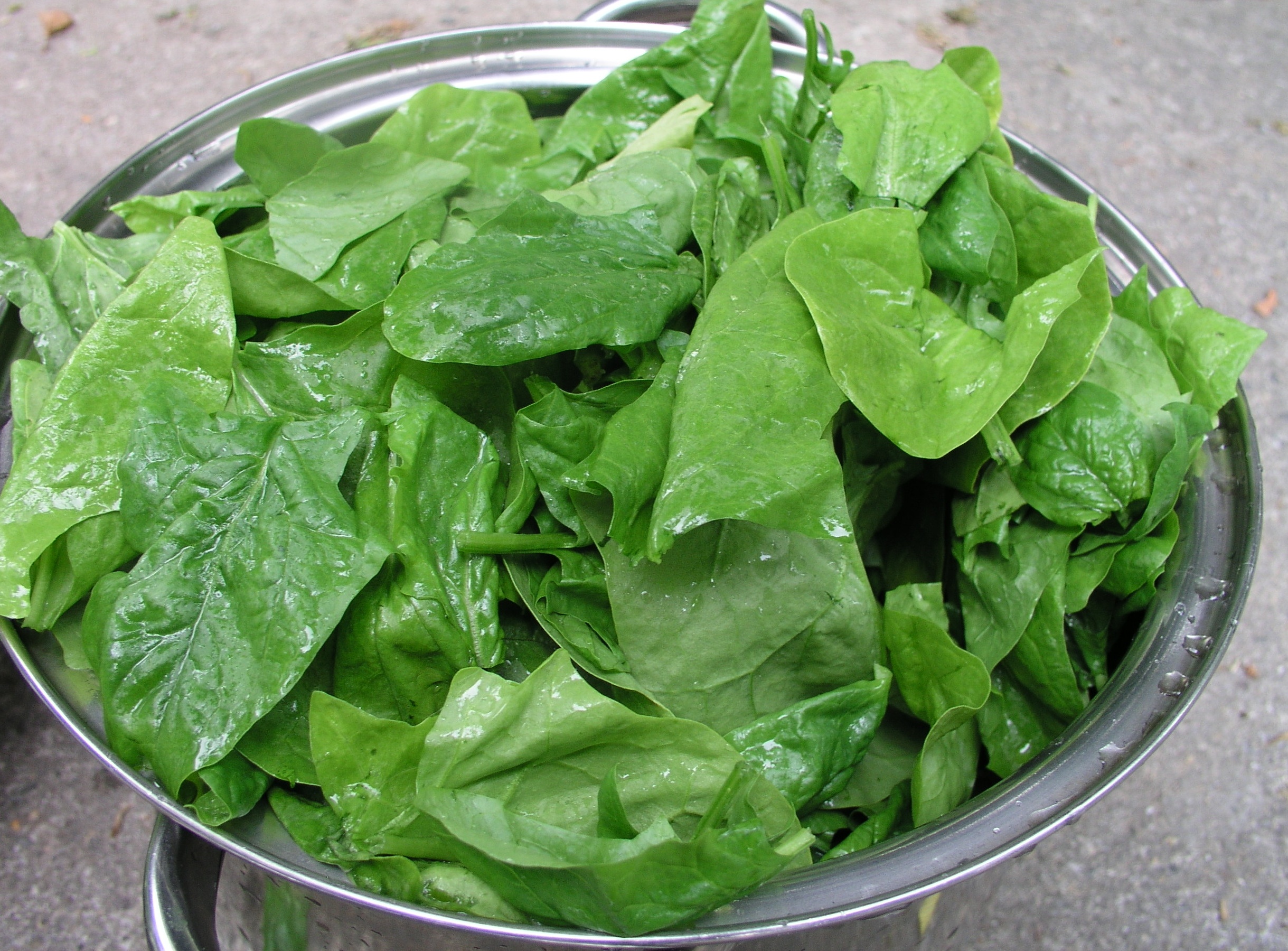|
Fermented Bean Curd
Fermented tofu (also called fermented bean curd, white bean-curd cheese, tofu cheese, soy cheese or preserved tofu) is a Chinese condiment consisting of a form of processed, preserved tofu used in East Asian cuisine. The ingredients typically are soybeans, salt, rice wine and sesame oil or vinegar. In mainland China the product is often freshly distributed. In overseas Chinese communities living in Southeast Asia, commercially packaged versions are often sold in jars containing blocks 2- to 4-cm square by 1 to 2 cm thick soaked in brine with select flavorings. History According to the 1596 ''Compendium of Materia Medica'' written by the Chinese polymath Li Shizhen during the Ming dynasty, the creation of soybean curd is attributed to the Han dynasty Prince Liu An (179 – 122 BC), prince of Huainan. Manufacturing began during the Han dynasty in China after it was created. Names In Mandarin, the product is generally known as ''dòufǔrǔ'' (), "dòurǔ" () or ''fǔrǔ'' ... [...More Info...] [...Related Items...] OR: [Wikipedia] [Google] [Baidu] |
Condiment
A condiment is a preparation that is added to food, typically after cooking, to impart a specific Flavoring, flavor, to enhance the flavor, or to complement the dish. A table condiment or table sauce is more specifically a condiment that is served separately from the food and is added to taste by the diner. Condiments are sometimes added prior to serving, for example, in a sandwich made with ketchup, mustard (condiment), mustard or mayonnaise. Some condiments are used during cooking to add flavor or texture: barbecue sauce, compound butter, Teriyaki#Teriyaki sauce, teriyaki sauce, soy sauce, Marmite and sour cream are examples. Many condiments, such as mustard or ketchup, are available in Packet (container), single-serving packets, commonly when supplied with take-out or fast food meals. Definition The exact definition of a condiment varies. Some definitions encompass Spice, spices and Herb, herbs, including salt and pepper, using the term interchangeably with ''seasoning''. O ... [...More Info...] [...Related Items...] OR: [Wikipedia] [Google] [Baidu] |
Hot Pot
Hot pot or hotpot (), also known as soup-food or steamboat, is a cooking method that originated in China. A heat source on the dining table keeps a pot of soup stock simmering, and a variety of Chinese foodstuffs and ingredients are served beside the pot for the diners to put into the hot stock. Description Hot pot is a flavorful broth traditionally served inside a large metal pot. The broth is brought to a boil and left simmering for the duration of the meal. Raw ingredients, such as meat and vegetables, are placed into the simmering broth and thus cooked. The cooked pieces are dipped into dipping sauces for additional flavor. Hot pot is considered a main course and is usually served without rice or noodles on the side. Hot pots can be prepared and eaten at home or in a restaurant. Typical hot pot ingredients include thinly sliced meat, leaf vegetables, mushrooms, vermicelli, sliced potatoes, bean products, egg dumplings, tofu, and seafood. Raw ingredients are pre-sliced ... [...More Info...] [...Related Items...] OR: [Wikipedia] [Google] [Baidu] |
Cheese Ripening
Cheese ripening, alternatively cheese maturation or affinage, is a process in cheesemaking. It is responsible for the distinct flavour of cheese, and through the modification of "''ripening agents''", determines the features that define many different varieties of cheeses, such as taste, texture, and body. The process is "characterized by a series of complex physical, chemical and microbiological changes" that incorporates the agents of "bacteria and enzymes of the milk, lactic culture, rennet, lipases, added moulds or yeasts, and environmental contaminants". The majority of cheese is ripened, except for fresh cheese. History Cheese ripening was not always the highly industrialised process it is today; in the past, cellars and caves were used to ripen cheeses instead of the current highly regulated process involving machinery and biochemistry. Some cheeses still are made using more historical methods, such as the blue cheese Roquefort, which is required to be ripened in ... [...More Info...] [...Related Items...] OR: [Wikipedia] [Google] [Baidu] |
Fresh Cheese
There are many different types of cheese. Cheeses can be grouped or classified according to criteria such as length of fermentation, texture, methods of production, fat content, animal milk, and country or region of origin. The method most commonly and traditionally used is based on moisture content, which is then further narrowed down by fat content and curing or ripening methods. The criteria may either be used singly or in combination, with no single method being universally used. The combination of types produces around 51 different varieties recognized by the International Dairy Federation, over 400 identified by Walter and Hargrove, over 500 by Burkhalter, and over 1,000 by Sandine and Elliker. Some attempts have been made to rationalise the classification of cheese; a scheme was proposed by Pieter Walstra that uses the primary and secondary starter combined with moisture content, and Walter and Hargrove suggested classifying by production methods. This last scheme results ... [...More Info...] [...Related Items...] OR: [Wikipedia] [Google] [Baidu] |
Rennet
Rennet () is a complex set of enzymes produced in the stomachs of ruminant mammals. Chymosin, its key component, is a protease enzyme that curdles the casein in milk. In addition to chymosin, rennet contains other enzymes, such as pepsin and a lipase. Rennet has traditionally been used to separate milk into solid curds and liquid whey, used in the production of cheeses. Rennet from calves has become less common for this use, to the point that less than 5% of cheese in the United States is made using animal rennet today. Most cheese is now made using chymosin derived from bacterial sources. Molecular action of rennet enzymes One of the main actions of rennet is its protease chymosin cleaving the kappa casein chain. Casein is the main protein of milk. Cleavage causes casein to stick to other cleaved casein molecules and form a network. It can cluster better in the presence of calcium and phosphate. This is why those chemicals are occasionally added to supplement pre-existing qu ... [...More Info...] [...Related Items...] OR: [Wikipedia] [Google] [Baidu] |
Magnesium Sulfate
Magnesium sulfate or magnesium sulphate (in English-speaking countries other than the US) is a chemical compound, a salt with the formula , consisting of magnesium cations (20.19% by mass) and sulfate anions . It is a white crystalline solid, soluble in water but not in ethanol. Magnesium sulfate is usually encountered in the form of a hydrate , for various values of ''n'' between 1 and 11. The most common is the heptahydrate , known as Epsom salt, which is a household chemical with many traditional uses, including bath salts. The main use of magnesium sulfate is in agriculture, to correct soils deficient in magnesium (an essential plant nutrient because of the role of magnesium in chlorophyll and photosynthesis). The monohydrate is favored for this use; by the mid 1970s, its production was 2.3 million tons per year. The anhydrous form and several hydrates occur in nature as minerals, and the salt is a significant component of the water from some springs. Hydrates Magnesi ... [...More Info...] [...Related Items...] OR: [Wikipedia] [Google] [Baidu] |
Calcium Sulfate
Calcium sulfate (or calcium sulphate) is the inorganic compound with the formula CaSO4 and related hydrates. In the form of γ-anhydrite (the anhydrous form), it is used as a desiccant. One particular hydrate is better known as plaster of Paris, and another occurs naturally as the mineral gypsum. It has many uses in industry. All forms are white solids that are poorly soluble in water.Franz Wirsching "Calcium Sulfate" in Ullmann's Encyclopedia of Industrial Chemistry, 2012 Wiley-VCH, Weinheim. Calcium sulfate causes permanent hardness in water. Hydration states and crystallographic structures The compound exists in three levels of hydration corresponding to different crystallographic structures and to minerals: * (anhydrite): anhydrous state. The structure is related to that of zirconium orthosilicate (zircon): is 8-coordinate, is tetrahedral, O is 3-coordinate. * (gypsum and selenite (mineral)): dihydrate. * (bassanite): hemihydrate, also known as plaster of Paris. S ... [...More Info...] [...Related Items...] OR: [Wikipedia] [Google] [Baidu] |
Micelles
A micelle () or micella () (plural micelles or micellae, respectively) is an aggregate (or supramolecular assembly) of surfactant amphipathic lipid molecules dispersed in a liquid, forming a colloid, colloidal suspension (also known as associated colloidal system). A typical micelle in aqueous solution, water forms an aggregate with the hydrophilic "head" regions in contact with surrounding solvent, sequestering the hydrophobic single-tail regions in the micelle centre. This phase is caused by the Lipid bilayer phase behavior, packing behavior of single-tail lipids in a lipid bilayer, bilayer. The difficulty filling all the volume of the interior of a bilayer, while accommodating the area per head group forced on the molecule by the hydration of the lipid head group, leads to the formation of the micelle. This type of micelle is known as a normal-phase micelle (oil-in-water micelle). Inverse micelles have the head groups at the centre with the tails extending out (water-in-oil ... [...More Info...] [...Related Items...] OR: [Wikipedia] [Google] [Baidu] |
Chaoshan
Chaoshan or Teoswa (; peng'im: ''Dio5suan1'' i̯o˥˥꜖꜖.sũ̯ã˧˧ is a cultural-linguistic region in the east of Guangdong, China. It is the origin of the Min Nan Chaoshan dialect (). The region, also known as Chiushan in Cantonese, consists of the cities Chaozhou, Jieyang and Shantou. It differs linguistically from the rest of Guangdong province which was historically dominated by Yue speakers, followed by Hakka and Leizhou Min speakers. However, Mandarin has recently become the dominant language in the region. It is historically important as the ancestral homeland of many Viets, Thais, Cambodian, Singaporeans, Malaysians and Indonesians of Chinese descent. Etymology and definition The name "Chaoshan" () is a contraction of the names of two of its administrative areas, the prefecture-level cities of Chaozhou () and Shantou (). Chaozhou and Shantou have agglomerated into a single extremely dense metropolitan area, which is among China's most densely populated. ... [...More Info...] [...Related Items...] OR: [Wikipedia] [Google] [Baidu] |
Ipomoea Aquatica
''Ipomoea aquatica'', widely known as water spinach, is a semi- aquatic, tropical plant grown as a vegetable for its tender shoots. ''I. aquatica'' is generally believed to have been first domesticated in Southeast Asia. It is widely cultivated in Southeast Asia, East Asia, and South Asia. It grows abundantly near waterways and requires little to no care. Description ''Ipomoea aquatica'' grows in water or on moist soil. Its stems are or longer, rooting at the nodes, and they are hollow and can float. The leaves vary from typically sagittate (arrow head-shaped) to lanceolate, long and broad. The flowers are trumpet-shaped, in diameter, and usually white in colour with a mauve centre. Propagation is either by planting cuttings of the stem shoots, which will root along nodes, or by planting the seeds from flowers that produce seed pods. Names ''Ipomoea aquatica'' is widely known as kangkong (also spelled kangkung), its common name in Maritime Southeast Asia, which possibly or ... [...More Info...] [...Related Items...] OR: [Wikipedia] [Google] [Baidu] |
Leafy Green Vegetable
Leaf vegetables, also called leafy greens, pot herbs, vegetable greens, or simply greens, are plant leaves eaten as a vegetable, sometimes accompanied by tender petioles and shoots. Leaf vegetables eaten raw in a salad can be called salad greens. Nearly one thousand species of plants with edible leaves are known. Leaf vegetables most often come from short-lived herbaceous plants, such as lettuce and spinach. Woody plants of various species also provide edible leaves. The leaves of many fodder crops are also edible for humans, but are usually only eaten under famine conditions. Examples include alfalfa, clover, most grasses, including wheat and barley. Food processing, such as drying and grinding into powder or pulping and pressing for juice, may be used to involve these crop leaves in a diet. Leaf vegetables contain many typical plant nutrients, but since they are photosynthetic tissues, their vitamin K levels are particularly notable. Phylloquinone, the most common form o ... [...More Info...] [...Related Items...] OR: [Wikipedia] [Google] [Baidu] |
Erkuai
Erkuai () is a type of rice cake particular to the Yunnan Province of southwest China. The name literally means "ear piece," a reference to the shape of one of its common forms. It is often served stir-fried with vegetables, and ''málà'' (麻辣) sauce, which is a mixture of dried red chilis, Sichuan pepper, and salt. It is also sold as the popular street food ''kăo ĕrkuāi'' (烤饵块) or ''shāo ěrkuāi'' grilled and rolled around a '' yóutiáo'' (strip of fried dough), with sweet or savory condiments added, making a rolled-up snack resembling a Mexican burrito. The sweet type contains a sweet brown sauce and peanuts, while the savory type is spread with '' lǔfǔ'' and bean sprouts, and various other toppings. ''Kăo ĕrkuāi'' is particularly popular in the tourist area of Dali. Its peculiar name has led to it being called one of the Eighteen Oddities in Yunnan. See also * Yunnan cuisine Yunnan cuisine, alternatively known as Dian cuisine, is an amalgam o ... [...More Info...] [...Related Items...] OR: [Wikipedia] [Google] [Baidu] |
.jpg)


_(20577597926).jpg)

.jpg)




